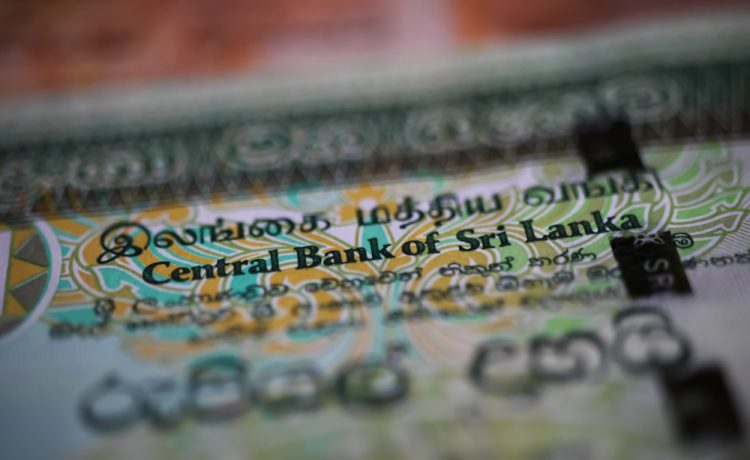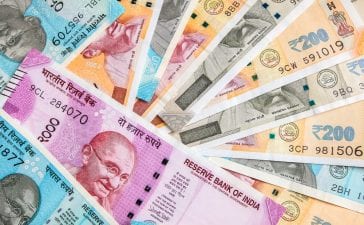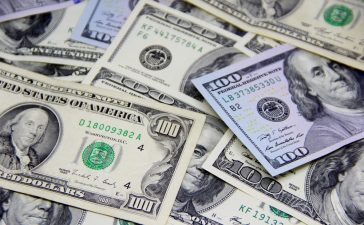Central Bank of Sri Lanka had bought dollars worth US$ 48.3 million from the domestic foreign exchange market and had sold US$ 44.92 million, according to data available through September
Although Central Bank of Sri Lanka (CBSL) had one of the toughest times in defending the rupee against the US dollar, it managed to emerge as a net purchaser of dollars in September—though by a little—from a net seller in August, during the time when the country’s foreign exchange shortage came to a head.
According to data available through September, the Central Bank had bought dollars worth US$ 48.3 million from the domestic foreign exchange market and had sold US$ 44.92 million, recording to a net absorption of just US$ 3.38 million.
During August, the Central Bank sold dollars worth US$ 225.50 and bought US$ 49.38, becoming a net seller of US$ 176.12 million, bringing an end to a six-month long streak of being a net purchaser of dollars.
The Central Bank currently purchases 10 percent each from worker remittances and export earnings out of the converted proceeds under the mandatory export proceeds conversion rule to bolster reserves.
It expects to collect up to US$ 150 million from the remittances and export proceeds in the three months through December 2021 and a further US$ 250 million in the three months through March 2022 under its road map for the next six months as part of its envisaged inflows.
While inflows from the remittances have shrunk about 10 percent so far this year from a year ago levels due to the availability of parallel exchange rates and exporters resorting to delay their conversions expecting further weakness in the rupee, concerns mounted over Central Bank’s ability to collect dollars from these two key sources at the expected levels.
However, direct interventions by the Central Bank in releasing dollars and the simultaneous actions to restore confidence among market participants since mid-September have largely abated anxieties and uncertainties that existed in the domestic foreign exchange market.





